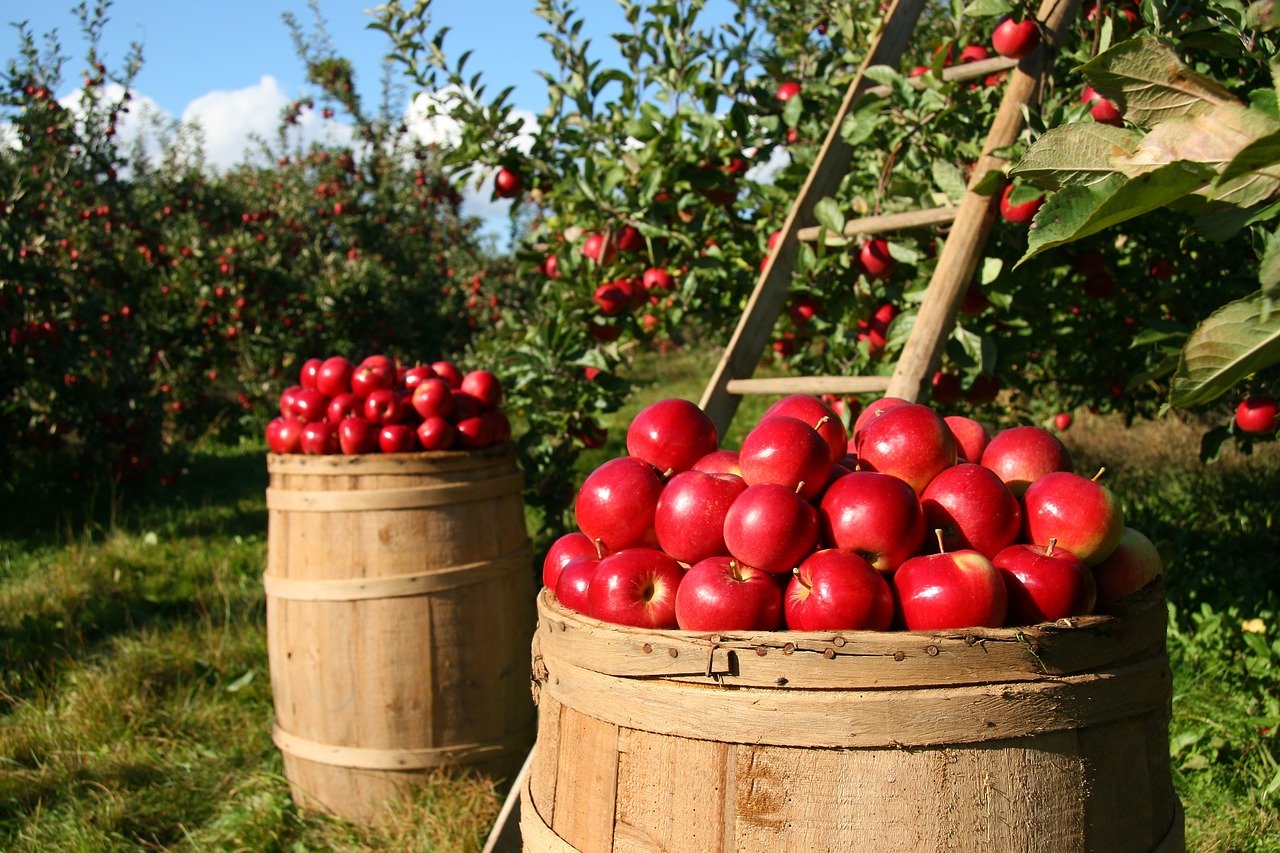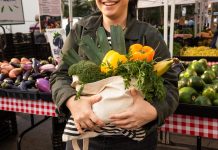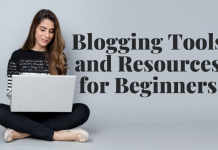Long-standing systemic health and social inequalities have placed some rural residents at increased risk of becoming COVID-19.
Rural communities generally tend to have higher rates of cigarette smoking, high blood pressure, and obesity and less access to health care that can adversely affect health outcomes.
They even have less chance of having health benefits. Rural communities, too, are becoming more racially and ethnically diverse. Here’s your guide to understanding the implications of living in a rural community during the pandemic. Read on to learn more.

Quarantine Life Is Like Living in a Rural Community
In the city area, the pandemic has gone rogue. We can’t go outside, and we can’t live the usual way. But, how is this any different from the usual way of living in a rural area?
In a rural community, space is not that limited. People can roam around with low chances of infecting each other. And, even during the pandemic, it is seen that rural areas have lesser cases because they are not crowded.
Urban and suburban counties are gaining population in both counties due to an influx of immigrants. By contrast, rural counties have made only minimal gains as the number of people leaving for urban or suburban areas has outstripped the number of people moving in.
And, while the population of all three forms of communities is graying, this is occurring faster in the suburbs compared to the urban and rural counties.
How Rural Areas Have Been Living in Quarantine
Rural areas have reduced the risk of spreading COVID-19 because of how they live. They have improved the overall health, which may minimize COVID-19 severity.
However, studies show that rural areas have more older individuals than in urban. This makes rural areas susceptible to chronic diseases and such. But, living in the rural area during the pandemic has its perks too!
Being more associated with the countryside can have a very positive impact on well-being and improve your quality of life.
Rural communities are not only spacious that helps to get lower risk from getting the infectious disease, but you also have more space in making your own garden to grow your own food!
Disadvantages of Living in a Rural Community: Food Insecurity
The direct effects of COVID-19 were correlated with partial prevention strategies and closure of almost all economic, educational and social activities, such as loss of income from unemployment, particularly in processing industries run by the private sector.
The risk of food insecurity in rural areas was high due to reverse migration of school-going children and urban workers, restriction of labor and commodity movements, and a widespread anxiety state. A case example of this are the rural communities in Madagascar.
General Overview
Despite the profits from rice sales, rural households, mainly women, have seen substantial declines in their income, loss of remittances due to the temporary closure of processing industries, modernization of companies, restaurants, etc., and lack of markets.
Most families have to need to decrease per capita consumption of rice and out-of-farm products, such as meat and fish, to cope with such situations. Sadly, vegetables are rarely consumed inside the households even without a market.
The households expect to diversify shortly, including off-season cropping, chickens sales, and off-farm involvement.
Effects of the Pandemic to Rural Employment

Industries of meat, poultry, and food processing are primarily in rural areas. Occupations in these industries also require working closer than the 6-foot gap necessary, which raises the risk of COVID-19 getting and spreading to the workers.
Because of the conditions in these industries, jobs are at risk. COVID-19 outbreaks among employees working in meat and poultry processing facilities can rapidly impact large numbers of workers and spread to their communities.
Conclusion
For now, wherever we are, we are confined by the threat of the virus. But, this can’t stop us from starting learning new habits that we can continue even after the pandemic.














